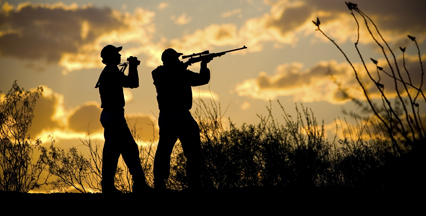Hunting as an Act of Conservation
This is Passport to Texas
Hunting is not only a tradition in Texas—it is also a commitment to wildlife conservation.
Hunters started to see declines in certain game species populations and habitat. And realized if they want to enjoy perusing game (it doesn’t even have be for harvest), just if they want to see that perpetuated so their kids, and future generations can enjoy that, they realized they needed to protect it.
Alan Cain, Texas whitetail deer program leader, says in the early 20th century, hunters chose to conserve wildlife through taxation.
In 1937, you had the Sport Fish and Wildlife Restoration Act – called the Pittman-Robertson Act – [signed into law]. Basically it’s a user pay system where the hunters said, ‘okay, we’re going to tax ourselves to help pay for wildlife conservation.’ And that’s been a huge success. In my opinion, that’s why North America has the best wildlife management conservation model in the world – because hunters pay for that.
Hunters pay with the licenses they buy, and the excise tax levied on firearms, ammunition and other equipment, which goes directly to fund conservation.
And then the second part of that is that hunters not only play a role in funding conservation that benefits everybody, but they also play a role in managing deer populations out there.
By removing deer from the landscape, they help keep habitat in balance for all wildlife.
The Wildlife Restoration Program supports our series and funds whitetail research in Texas.
For Texas Parks and Wildlife…I’m Cecilia Nasti.



 Passport to Texas is a
Passport to Texas is a  Passport to Texas is made available by:
Passport to Texas is made available by: